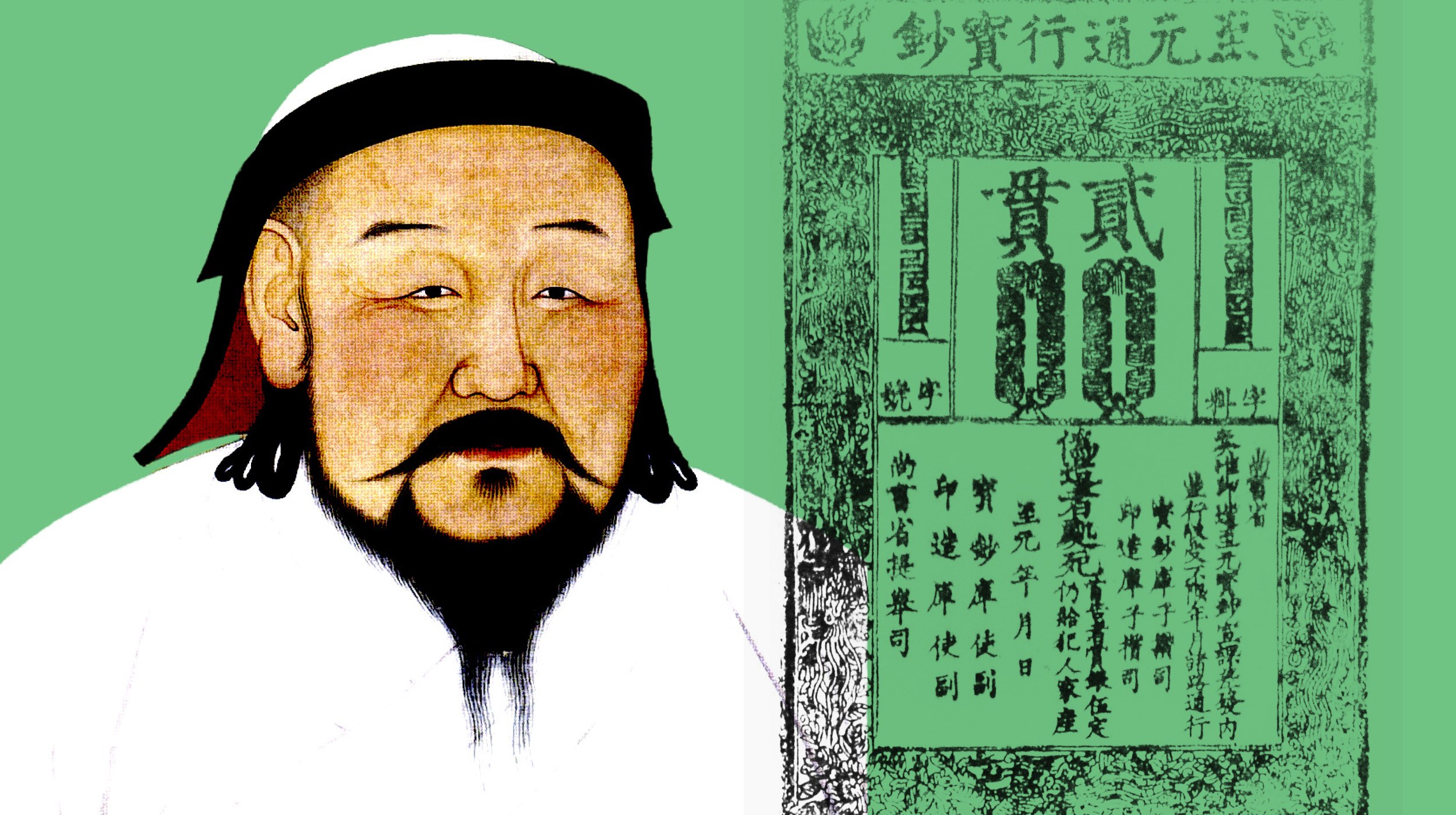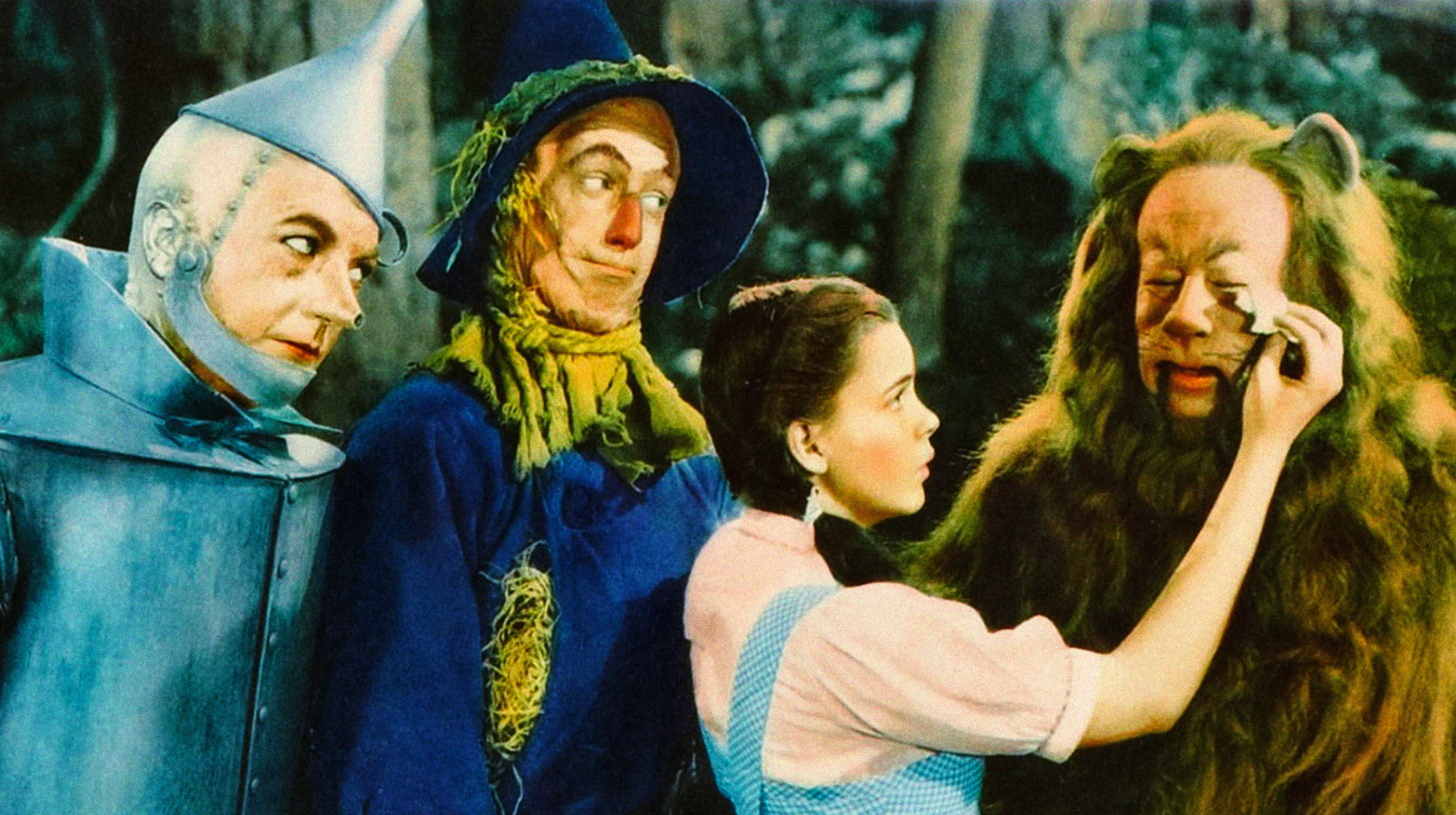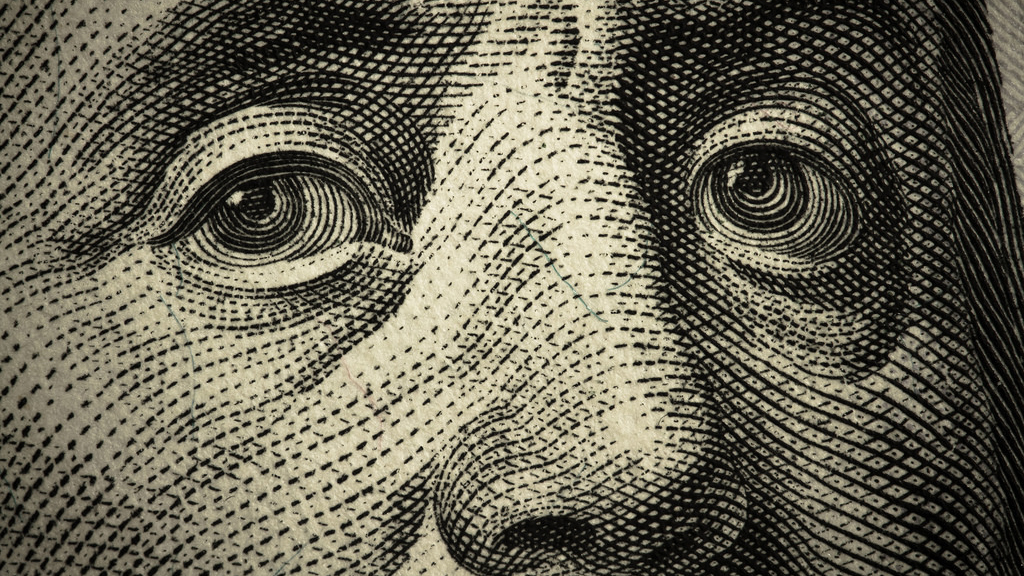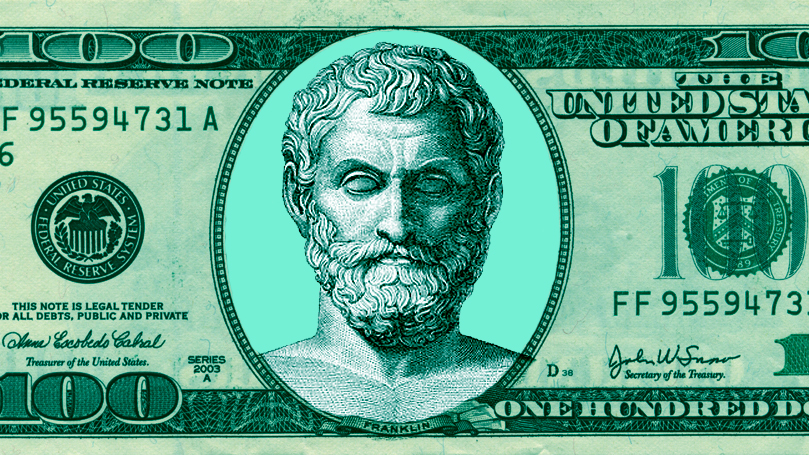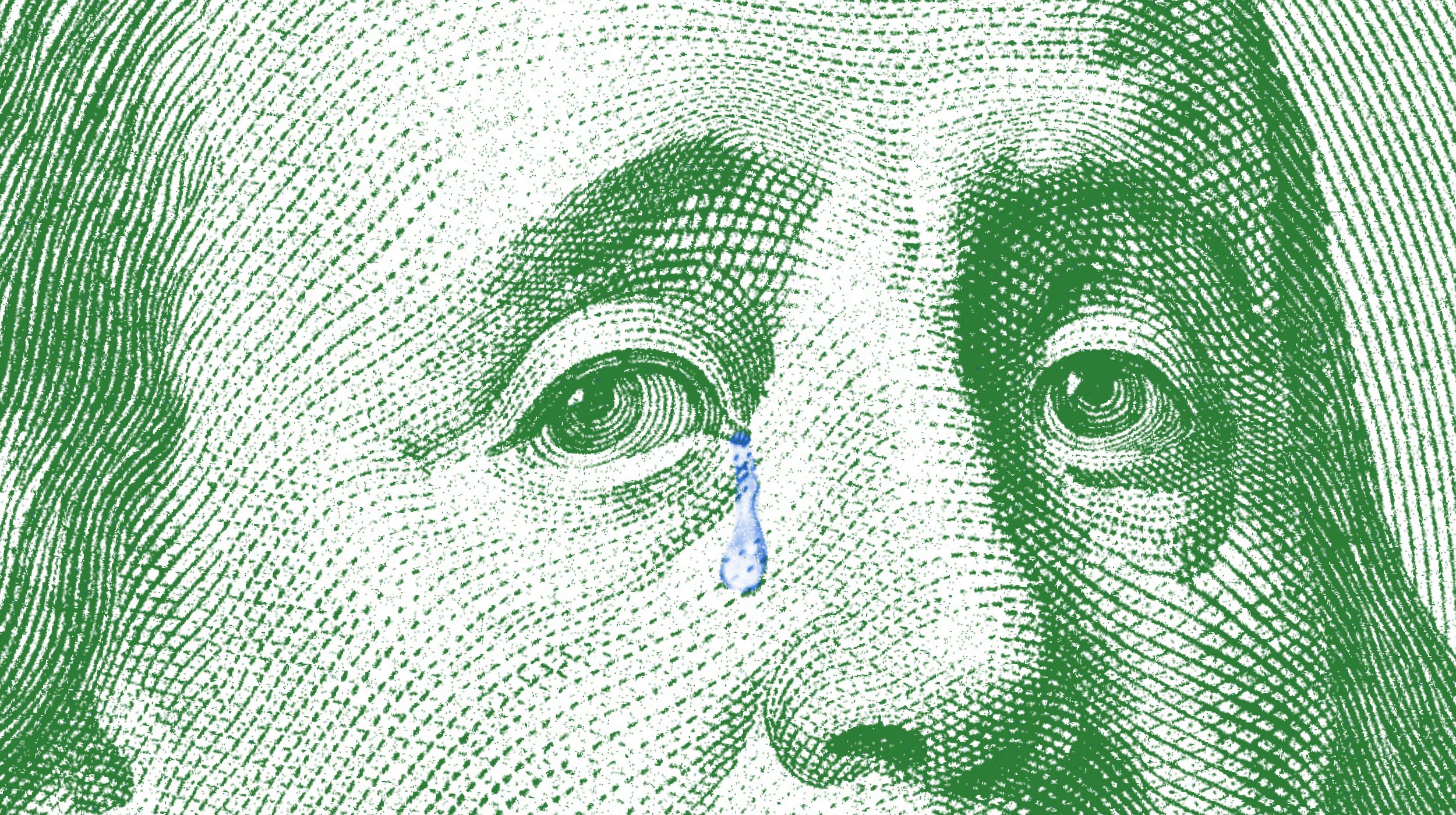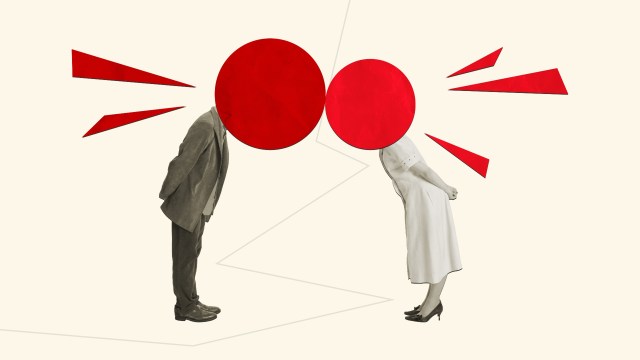How to overcome “oniomania” — compulsive spending disorder

- Oniomania, or compulsive spending disorder, is more common today than ever before, surveys suggest.
- Affecting up to 8% of the US population, it’s linked to other psychological issues like anxiety, depression, and addiction.
- Psychologists urge compulsive buyers to take a critical look at their purchases and try to uncover the motivations behind them.
The term “oniomania,” which is used to describe people with obsessive, problematic shopping and spending behaviors, consists of the Greek words “onios,” meaning “for sale,” and “mania.” Also known as Compulsive Buying Disorder (CBD) and Impulsive Compulsive Buying Disorder (ICBD), oniomania can leave a devastating impact on your financial health and mental wellbeing if left untreated.
By ending relationships and draining savings accounts, oniomania is caused by — and serves to empower — a variety of other psychological problems, including anxiety, depression, and even other types of addictions, like hoarding or gambling.
And yet, despite all these negative consequences, people suffering from oniomania rarely seek help for their condition. This may be because they are secretly ashamed, or because they are unable to see what’s really going on since they were unaware that oniomania is a condition. Even when people want to regain control over their destructive habits, they may not know how and where to find the resources that can assist them in this process.
So let’s go over oniomania’s characteristics, symptoms, and causes. We’ll explain why oniomania may be more common today than it was in the past, and share advice from therapists and psychologists on how to remain self-sufficient, financially and psychologically. Even if you don’t personally suffer from oniomania, thinking critically about your spending habits can still help you become more responsible with your personal finances.
Oniomania explained
At this point you might be wondering, what’s the difference between an “oniomaniac” and someone who likes to shop perhaps a bit too much? Based on what we’re shown in the media, we’re inclined to believe that the two are rather similar. Clinically, however, they are quite easy to separate. Whereas most people who like to shop are concerned with their purchases, compulsive buyers obsess over the act of purchasing itself, as is shown when they acquire something that’s unnecessary or insignificant.
Whereas people who like shopping will return an item if they do not like it and start budgeting if they run low on money, people suffering from oniomania are no longer able to make rational, let alone financially responsible, decisions. They sometimes emotionally dissociate from what they are doing, making their purchases while they are in a kind of trance. Spending relieves feelings of anxiety and depression, but only temporarily. In a short time, they might become moody, irritated, and gloomy, and their confidence plummets.
To a certain extent, spending makes everyone feel good. In 2007, a group of researchers from MIT, Stanford and Carnegie Mellon looked at the brains of American consumers via fMRI technology and found that when they purchased desirable objects, their nucleus accumbens — the brain’s pleasure center — would light up, indicating a positive stimulation. This stimulation can take on different forms. For instance, some people get particularly excited when they believe they have gotten a good deal. This, researchers say, is the result of the prefrontal cortex — the decision-making part of our brain — interacting with the insula, the part of our brain that processes pain.
It’s hard to say just how widespread oniomania really is. However, according to one study, it’s been estimated that the disorder affects as many as 8% of the general population in the United States. The same study mentions that roughly 90% of people with oniomania are women — a strong claim that has raised many eyebrows over the years.
“To date,” counters Monica Vermani, a clinical psychologist specializing in the treatment of trauma, stress, mood, and anxiety disorders, “[data on gender differences regarding oniomania] is sparse and contradictory, and therefore inconclusive.”
Vermani mentions a German study that found equal rates of compulsive buying among men and women. The way she sees it, women are overrepresented in oniomania studies not because they disproportionately suffer from the disorder, but rather because they are more likely than men to express their worries and seek psychological help.
“Men tend to relate seeking help for mental health issues as a sign of weakness, a pervasive perception which may account for this dramatic gender gap,” she says.
When it comes to recognizing oniomania in your own behavioral patterns, the presence of other psychological disorders is typically a better indicator than your gender. These include disorders such as drug addictions, which make it difficult to control your actions; ADHD, which makes you more easily distracted; or depression, which can lower your self-esteem and drive you to search for external approval.
You can also recognize oniomania by the impact that the disorder has on your life. Compulsive buying will ruin your credit score, deplete your savings, and possibly push you into bankruptcy and debt. The disorder can cause you to accrue so many items that you struggle to organize them, causing stress and exhaustion, and possibly triggering hoarding habits. In turn, any of these developments could spark conflict with loved ones.
Amanda Giordano, an associate professor of counseling at the University of Georgia who specializes in addiction, sums up the signs of shopping addiction like this:
“If someone loses control over their shopping behaviors (e.g., they shop more frequently, for longer durations of time, and spend more money than intended), engages in shopping compulsively (in response to an urge rather than a planned, intentional act), continues shopping patterns despite negative consequences (financial issues, relational conflict, poor sleep patterns, shame, etc.), and craves shopping or is mentally preoccupied with shopping when not engaging, it should alert us to the fact that this person may have a shopping addiction.”
As mentioned, there are many people who suffer from oniomania and refuse to get help. “Barriers like shame and stigma around financial struggle,” says psychotherapist Joyce Marter, “and behavioral health problems often keep people from seeking the help they need and deserve.”
She adds that sufferers might deny the problem even exists.
“They may use defense mechanisms like denial, rationalization, intellectualization or projection to avoid dealing with their addiction.”
Vermani notes that, “for some, shopping numbs uncomfortable feelings, just as using alcohol, drugs, pornography, gambling, overeating or other substances or behaviors do for others.” The way that she sees it, compulsive buying is supposed to “fill an emotional void or weakness.” Ashamed to admit weakness, the compulsive buyer looks for excuses that rationalize or justify their abnormal behavior. Often, the issue is interwoven with trauma or problematic perceptions of money, society, and family.
Treating compulsive buying
While semblances of oniomania were being described in scientific literature as early as 1905, the disorder did not start to receive serious attention from psychologists and researchers until the past two decades. The development of the modern consumer economy, the victory of global capitalism during the end of the Cold War, and the rise of TV, the internet, and social media platforms, have all contributed to this shift in academic focus.
The topic of oniomania became especially pressing during the COVID pandemic, when online shopping became an unhealthy and irresponsible outlet for a greater number of individuals than ever before. (For reference, one U.S. poll reported that 72% of respondents said they had impulsively purchased something during lockdown to help improve their mood.)
The more experts dive into oniomania, the better we are able to understand the disorder, its symptoms, and — crucially — its potential remedies. Studies stress that a definite treatment hasn’t yet been delineated. However, at least one team of researchers said that antidepressants mixed with cognitive behavioral therapy have an unwritten history of treating “excessive pathological buying” with success.
Psychologists also have advice. Marter recommends starting off with a financial cleanse to promote fiscal consciousness. By imposing a spending ban for a duration of time of your own choosing, you not only save money, but also get in the mindset of saving money.
Once you’re in this mindset, it’s time to create what Marter calls a “relapse prevention plan,” in which you identify and avoid your common triggers, like someone you want to impress through excessive spending. “If you have a relapse,” Marter cautions, “practice self-compassion, learn from it, and move onward and upward. It takes some time to change old patterns of emotional spending.”
Some compulsive spenders try to stop purchasing things altogether, but this usually doesn’t end well. “Rather than abstaining from all shopping, which is unrealistic,” Giordano says, “individuals [should] choose to abstain from the compulsive, out-of-control behaviors.” Compulsive spenders could, for instance, try to avoid using their credit cards so they don’t spend more than they can afford.
Giordano also encourages people to explore the function of their compulsive shopping behavior:
“Is shopping used as a way to escape problems, to feel valuable, to experience pleasure, to increase self-esteem, or to cope? Once the function or purpose of compulsive shopping is determined, individuals can find more adaptive ways to meet the identified need and cope with life’s adversities. Along with counseling, individuals with a shopping addiction may find Debtors Anonymous beneficial, which is a 12-Step program to help those with compulsive debt (which can include debt accrued from shopping addiction.)”
According to Marter, compulsive buyers in the U.S. make an average of 156 impulsive purchases per year. Each purchase sets them back around $81.75, making for a grand total of $5,400 per year and a downright shocking $324,000 per lifetime. That money could have been invested in a home, an education, or other products that you actually need in order to survive and thrive in the world. Ultimately, though, treating oniomania is about much more than just protecting your finances from your own impulses — it’s also about maintaining your personal mental health and improving your relationships with others.
